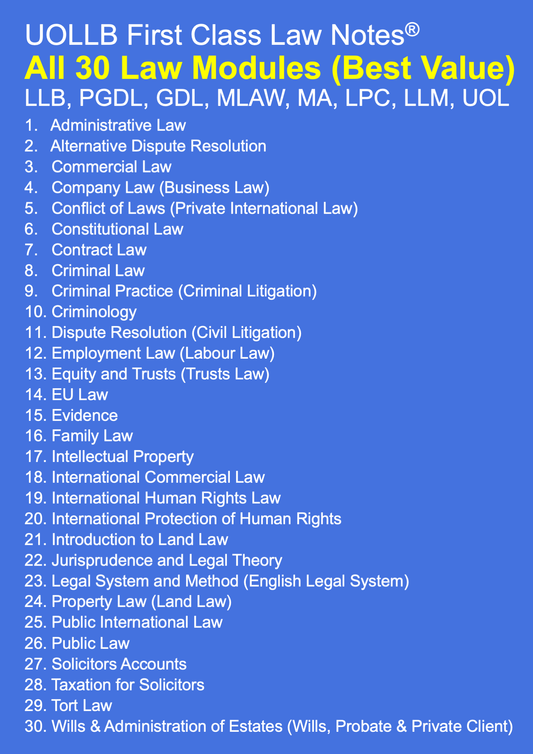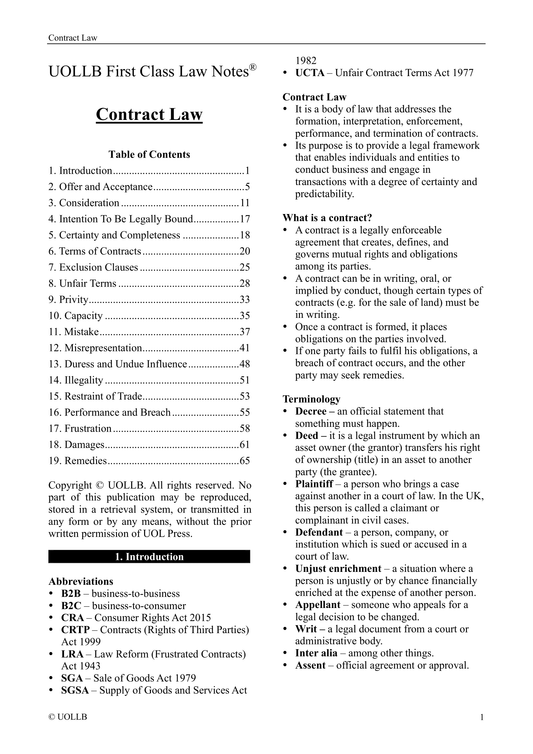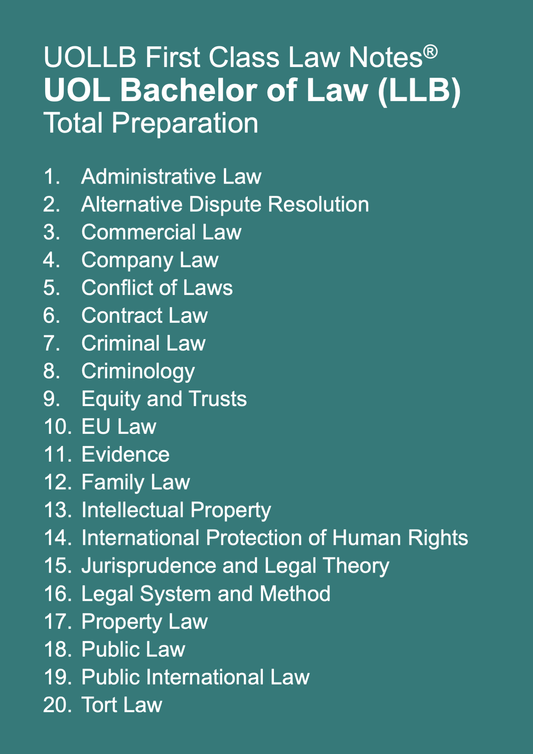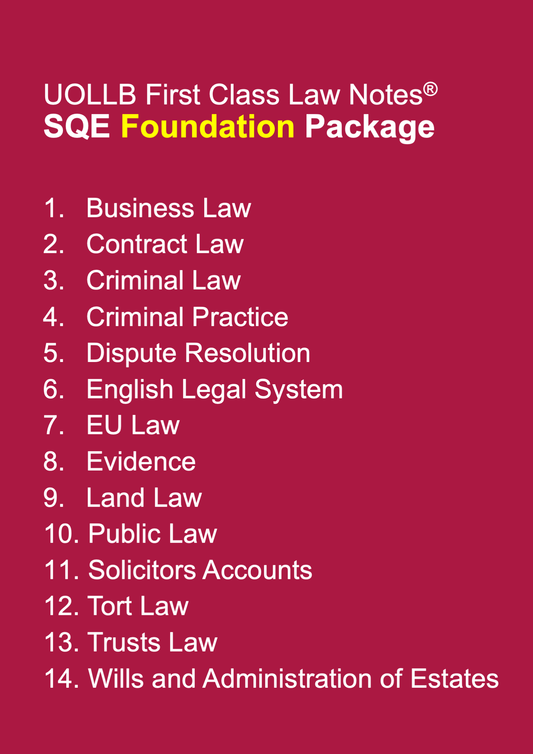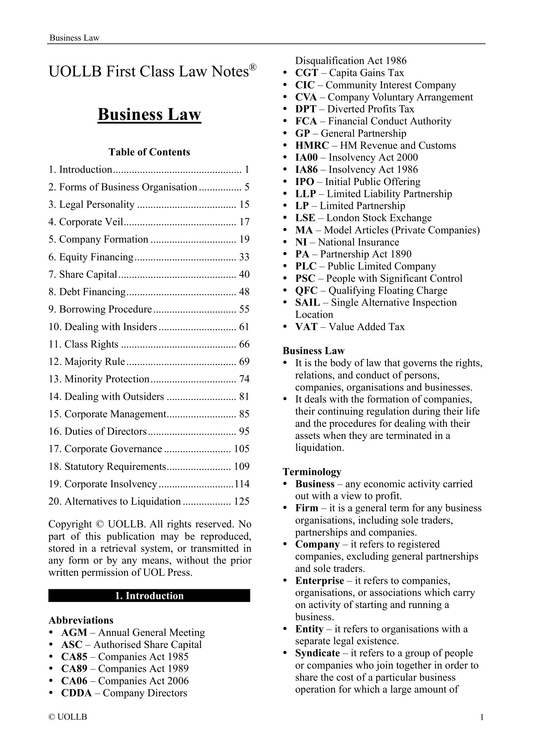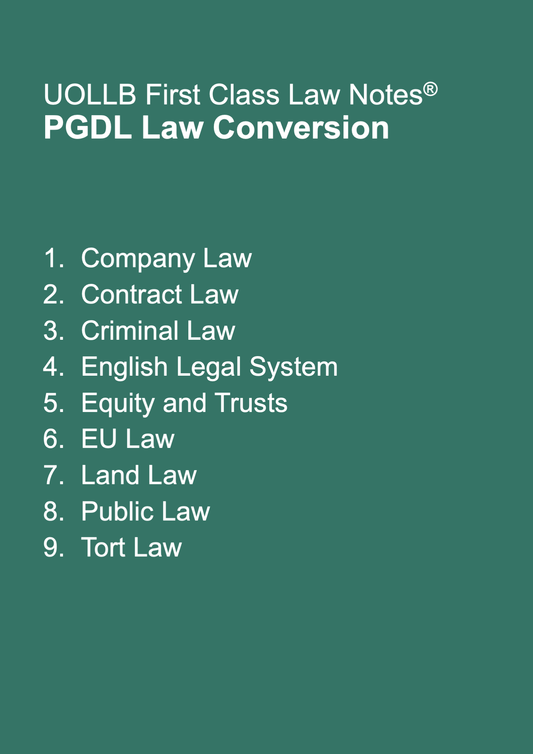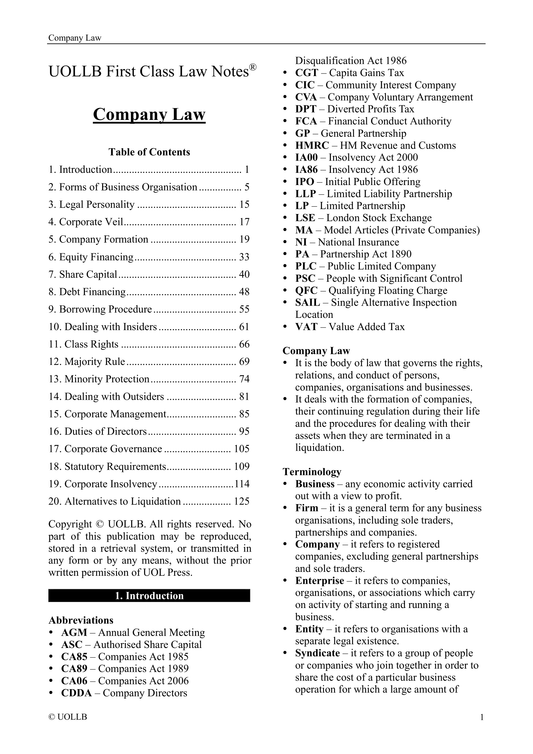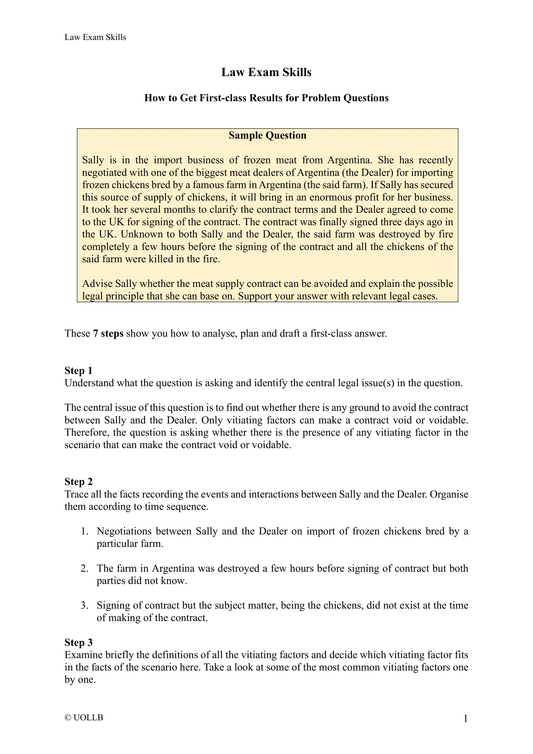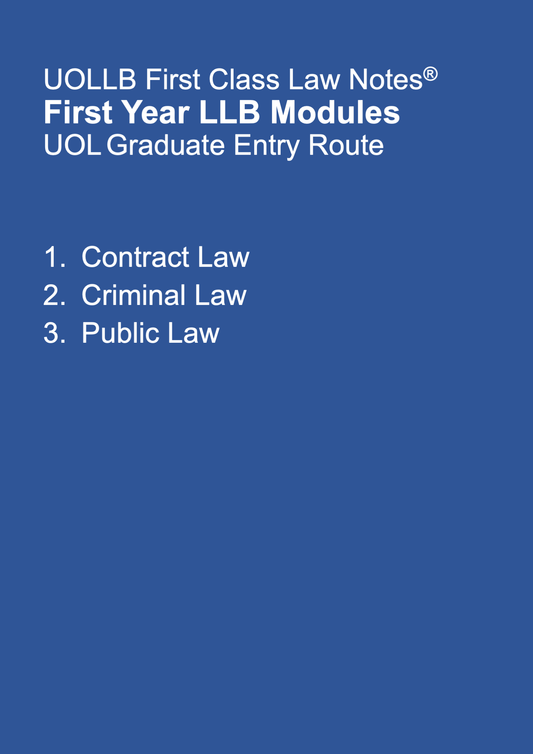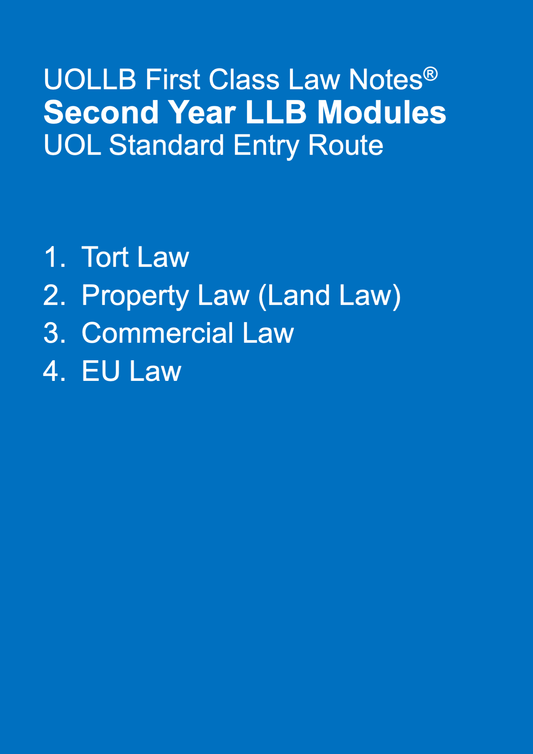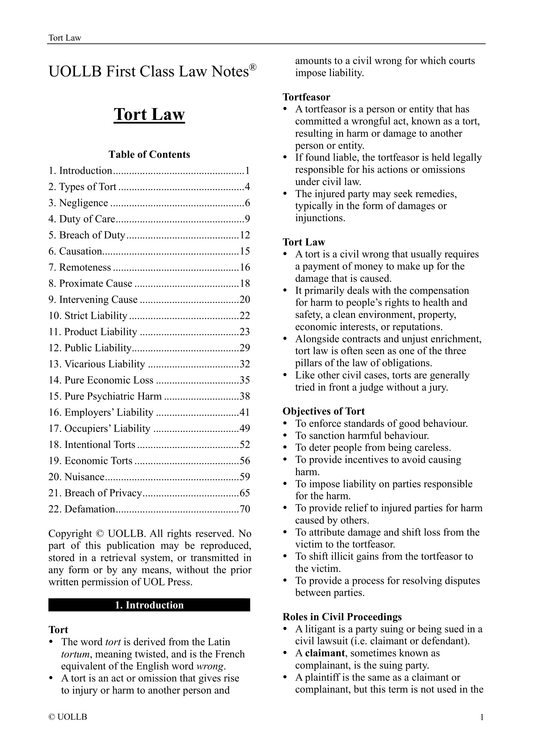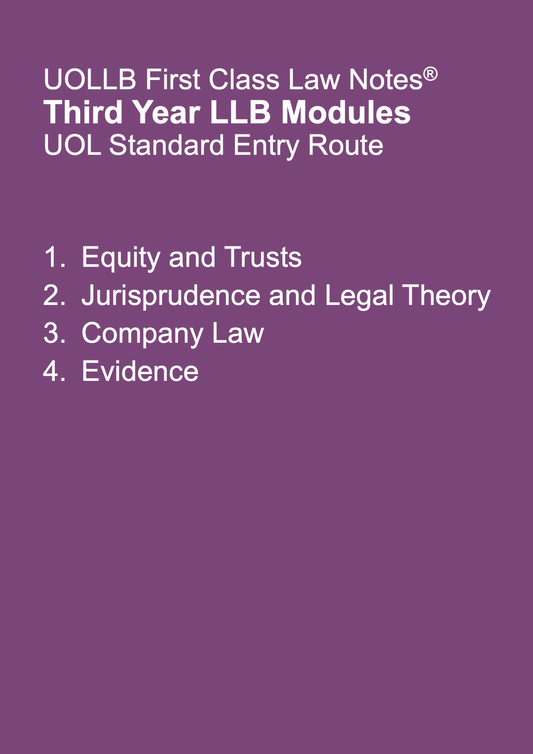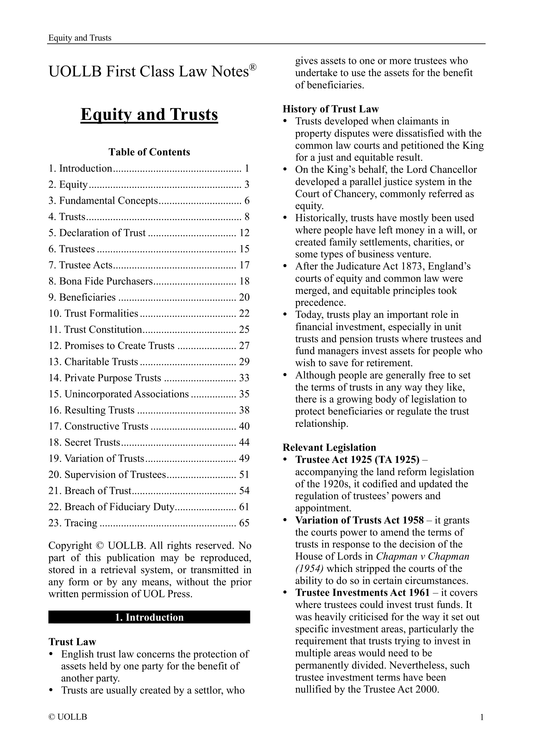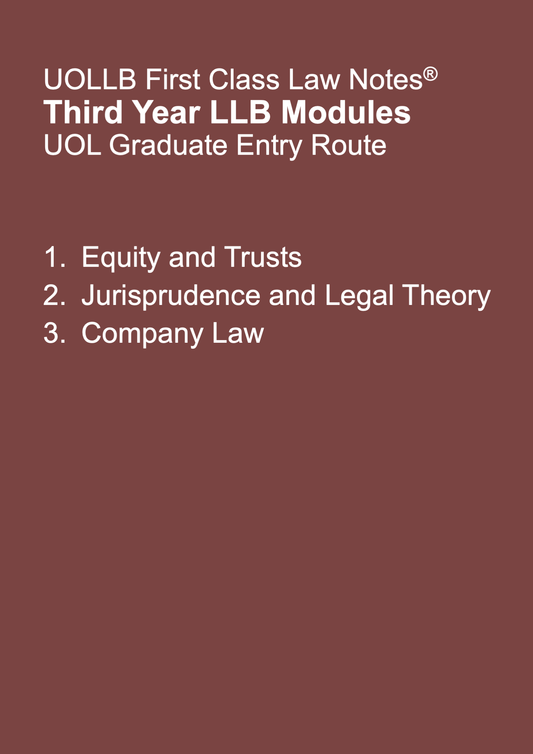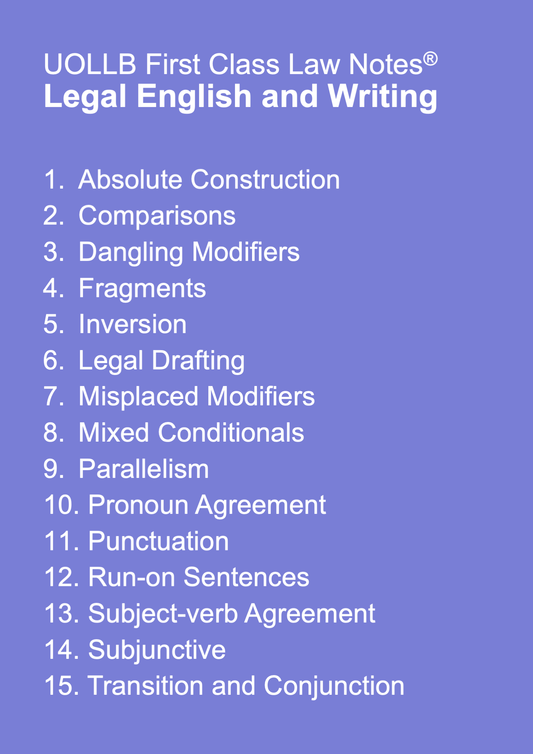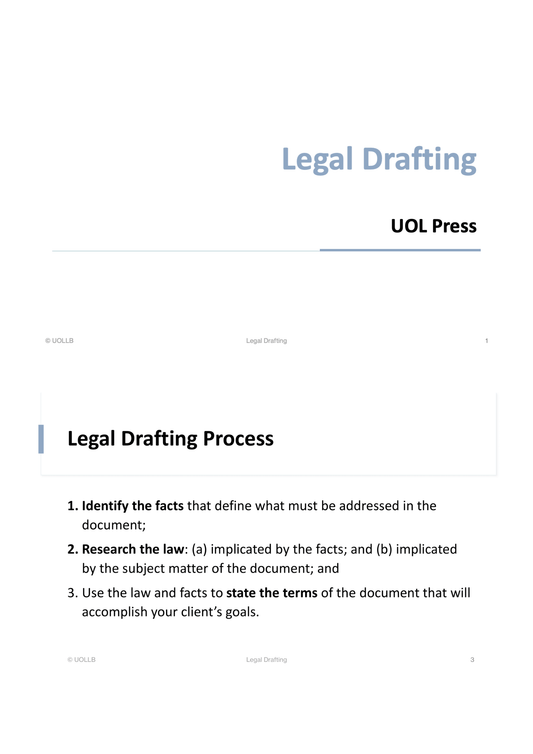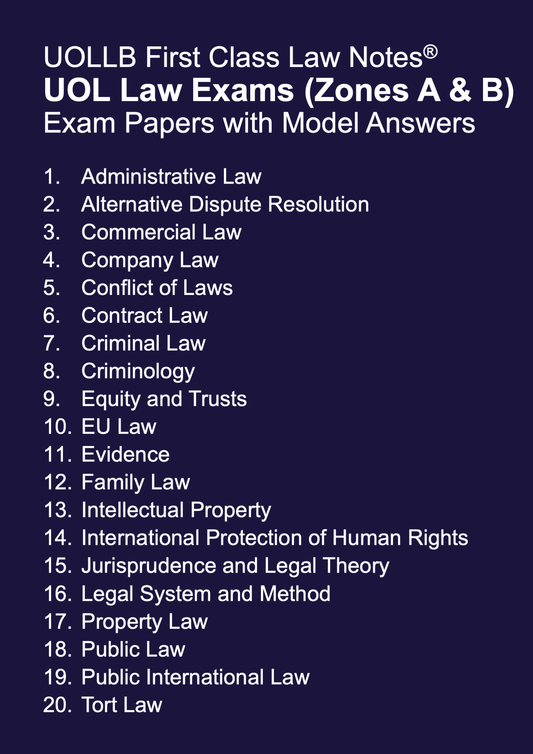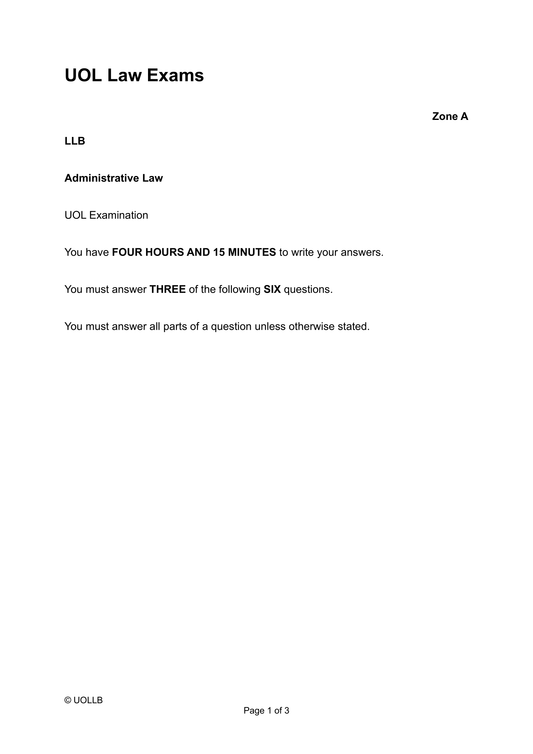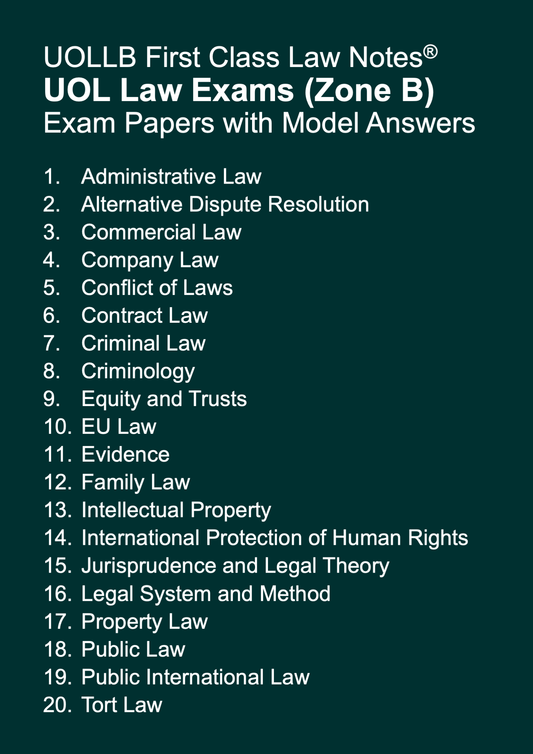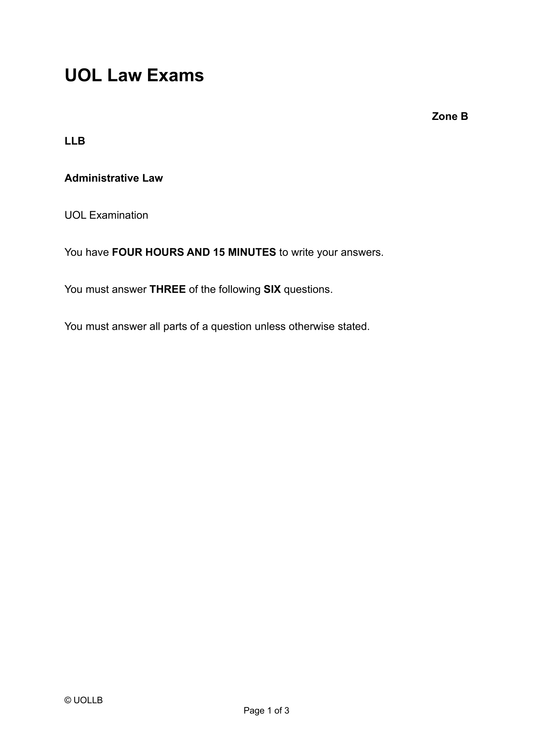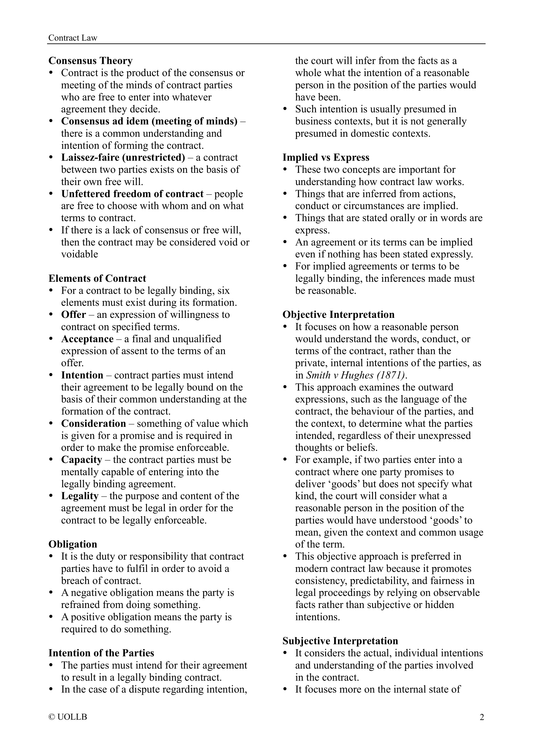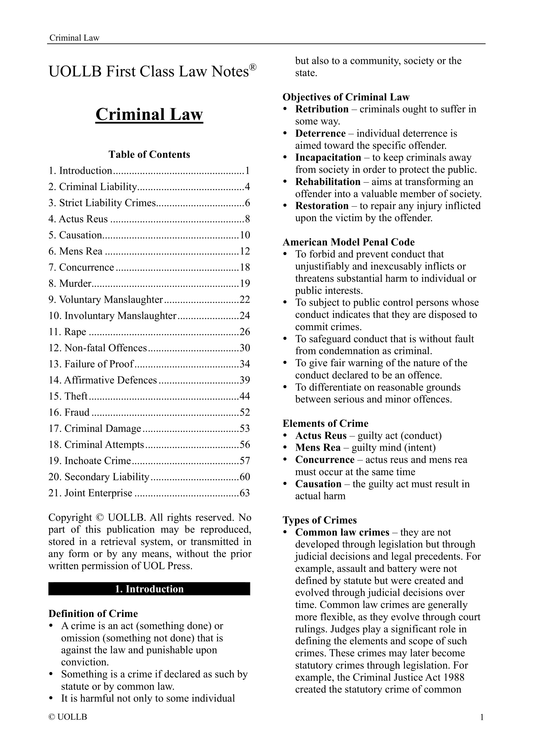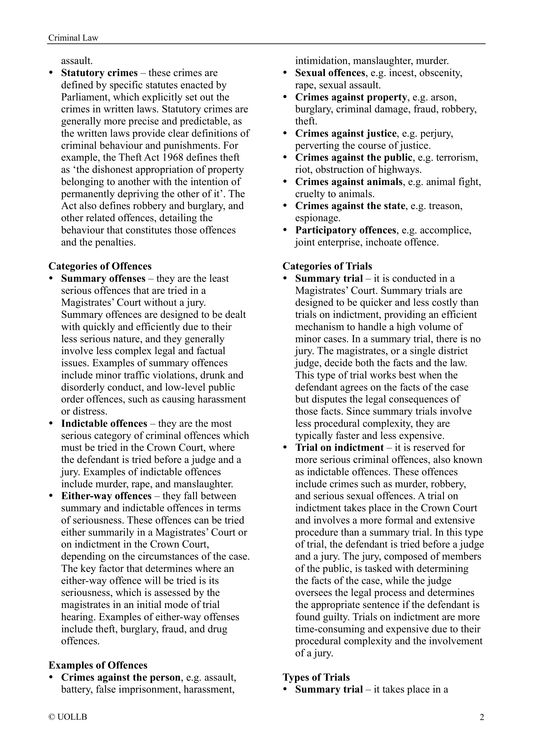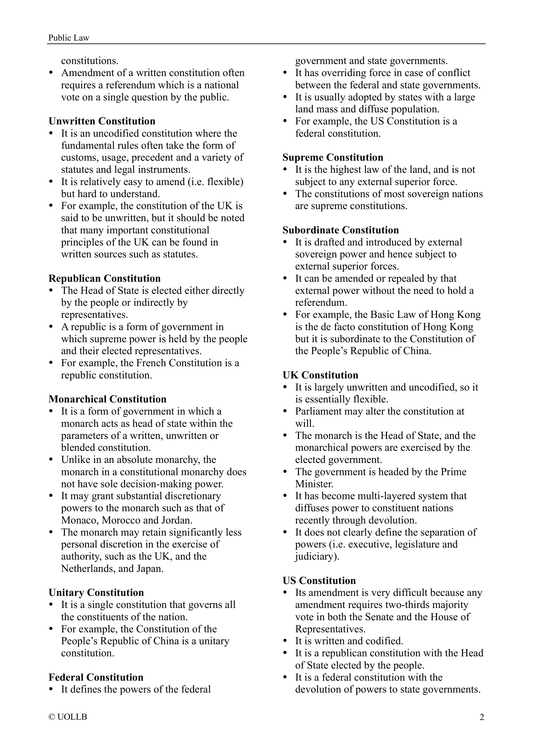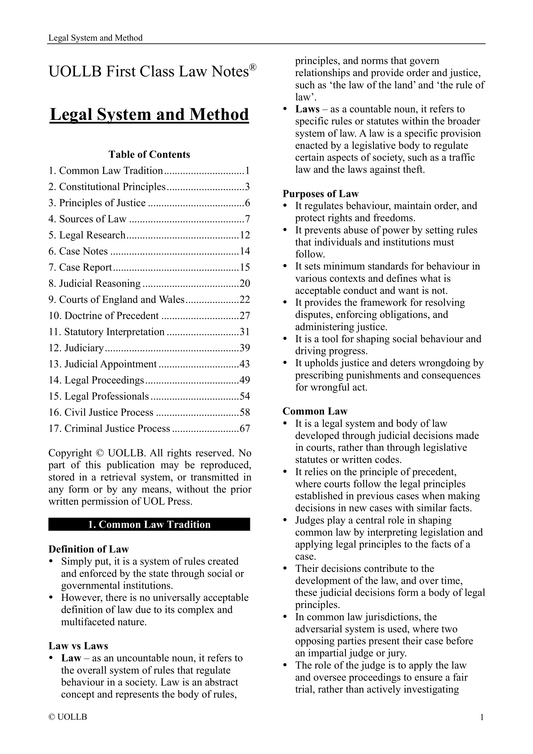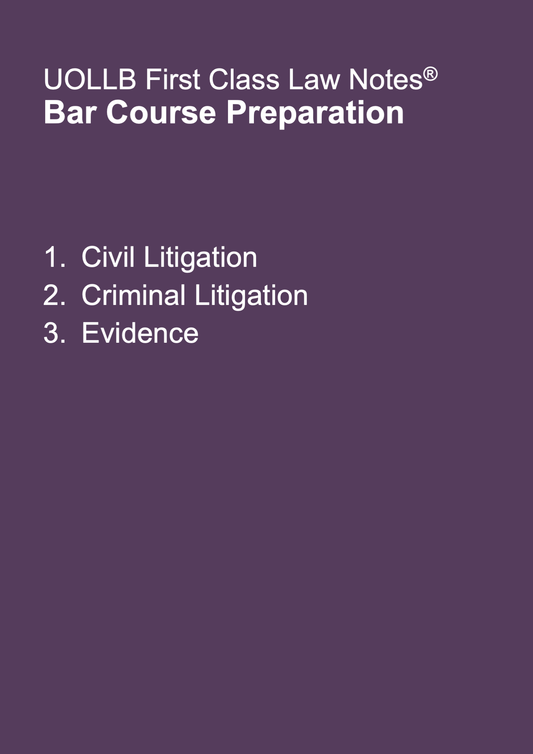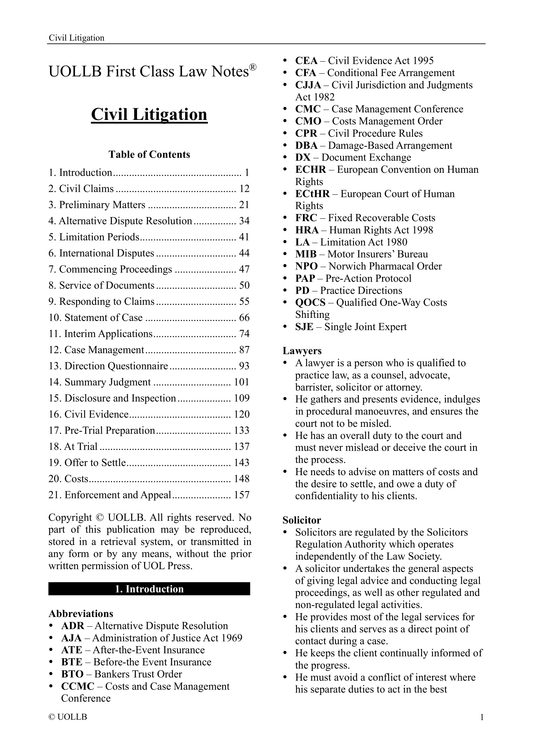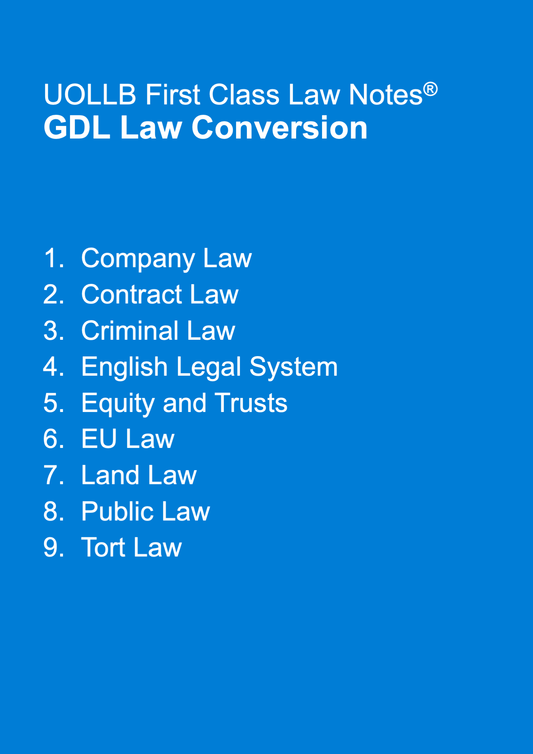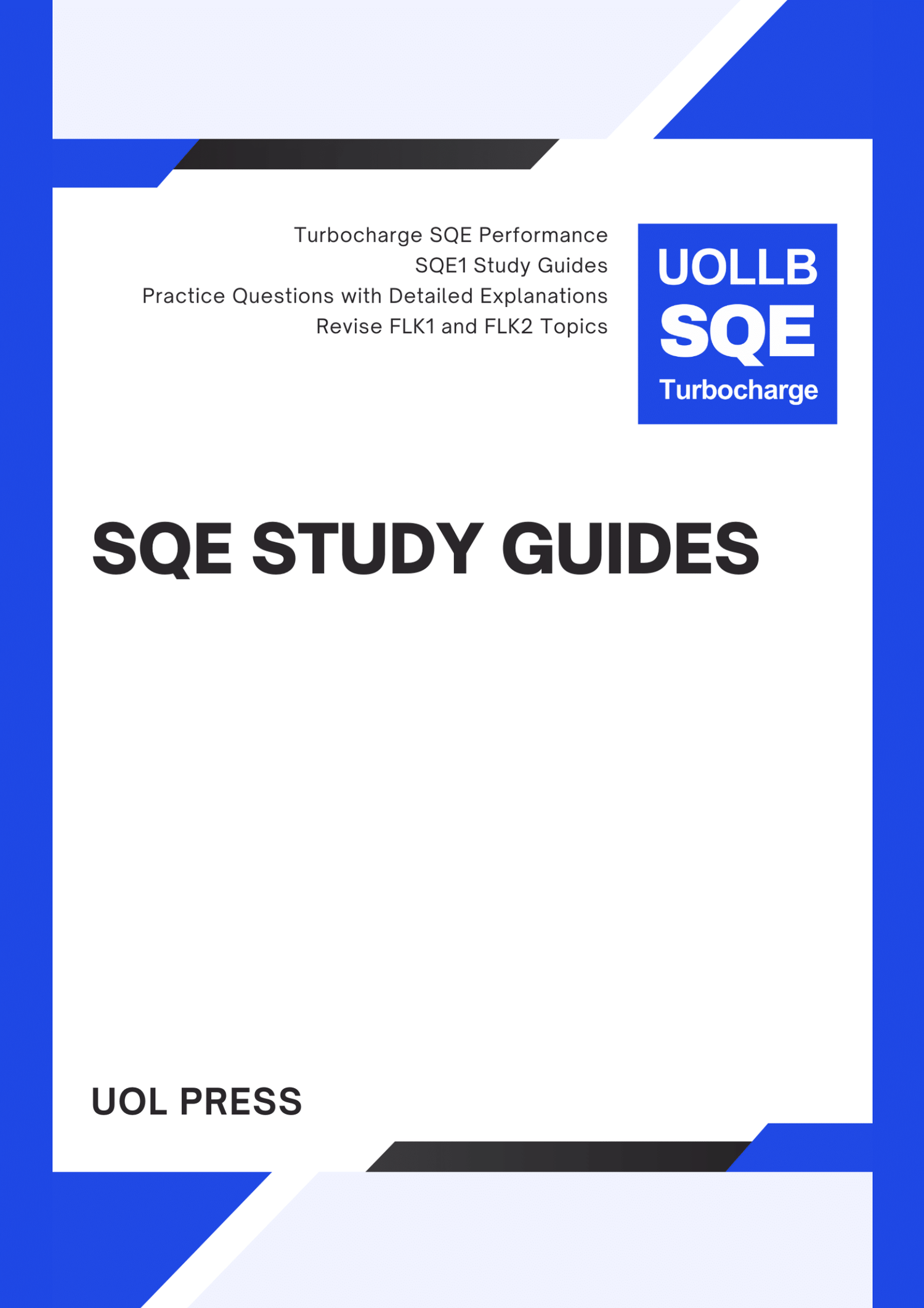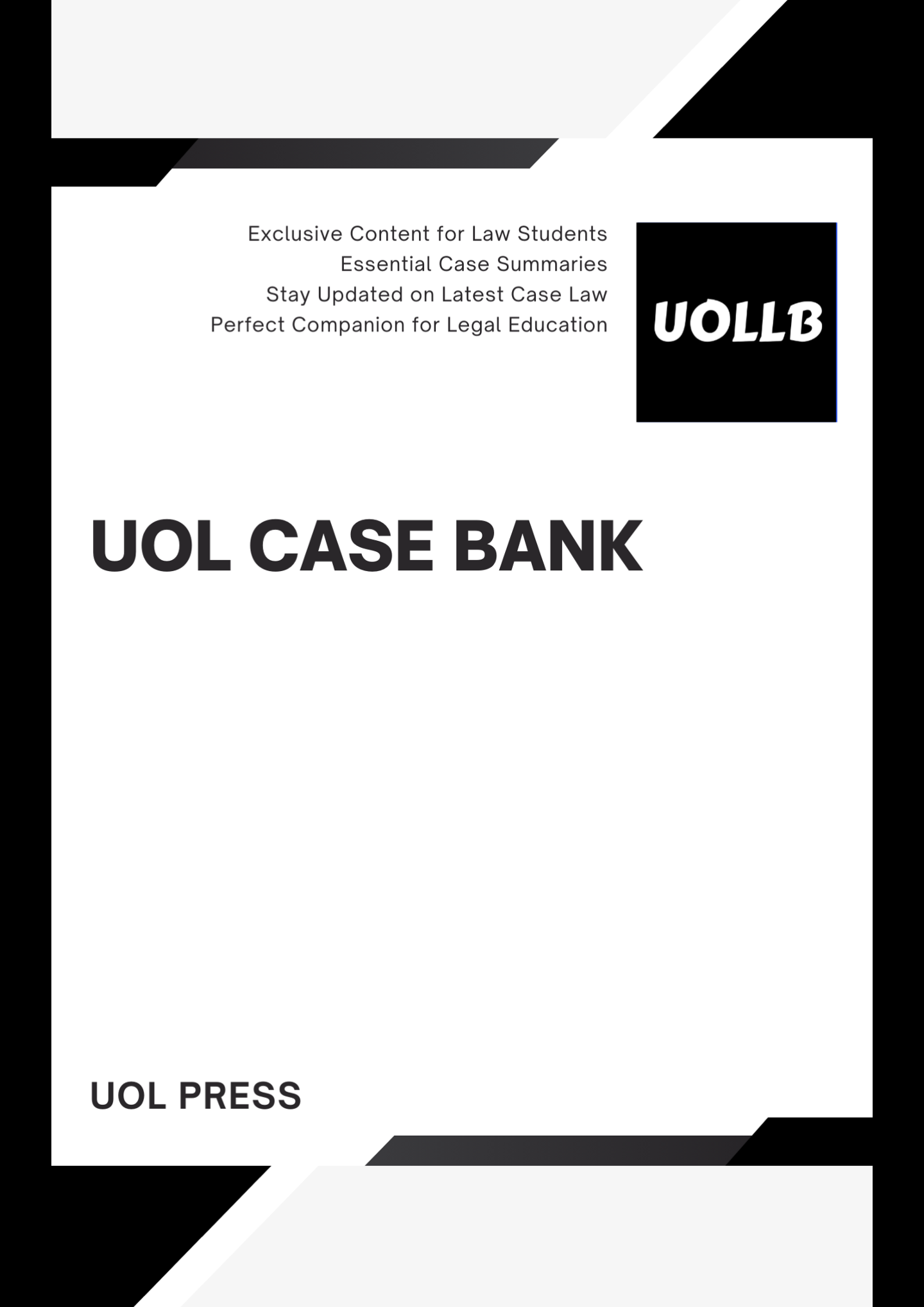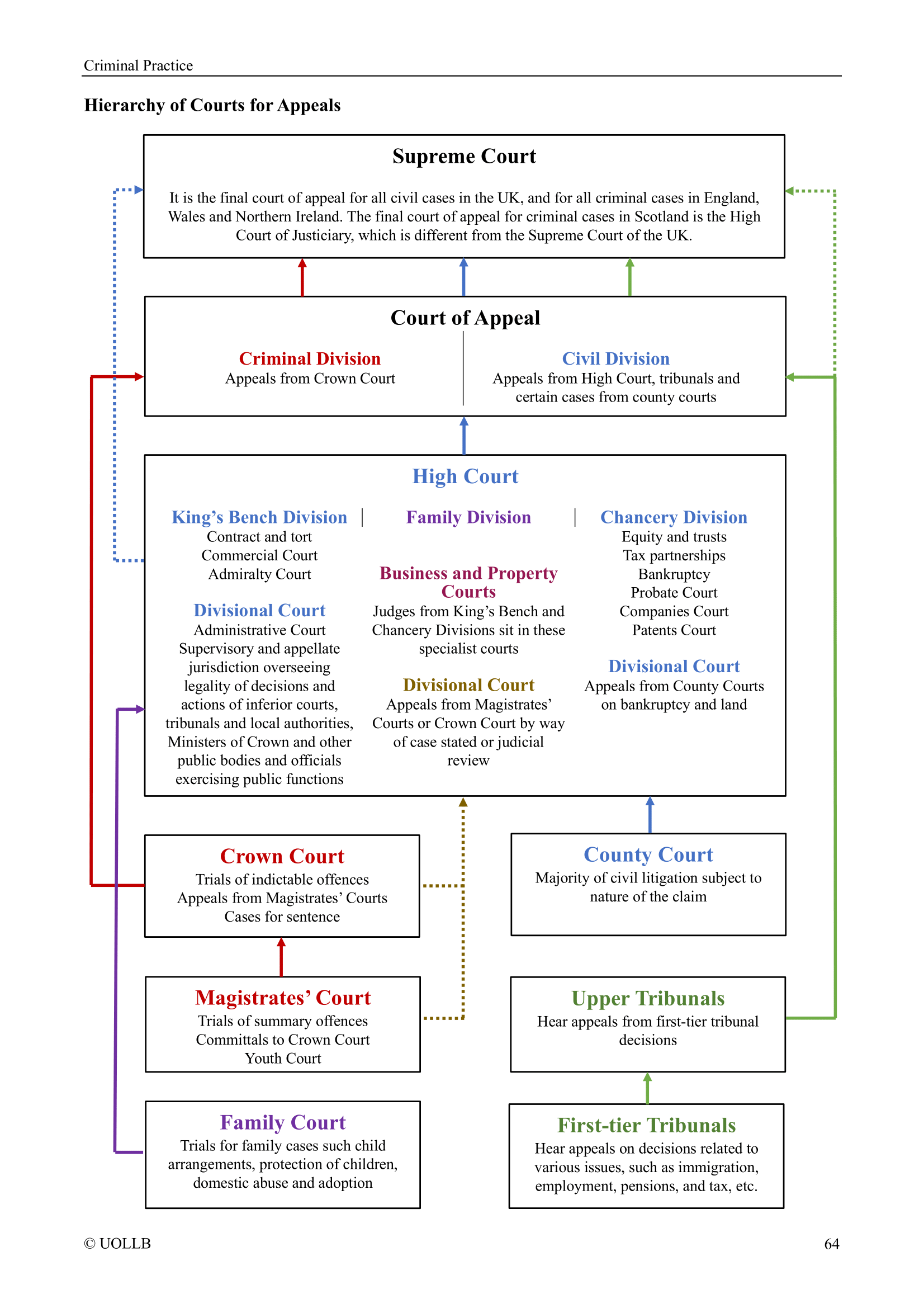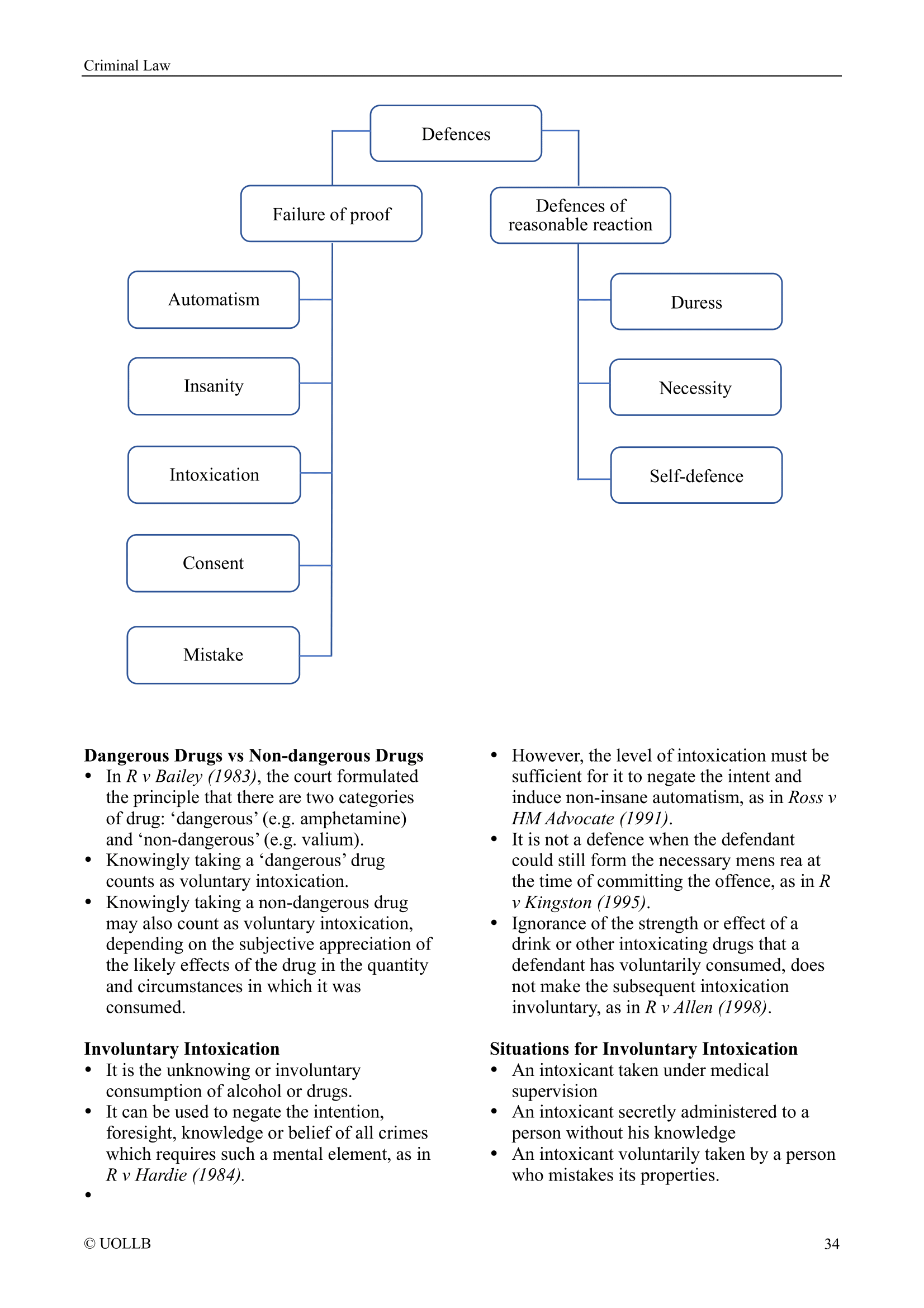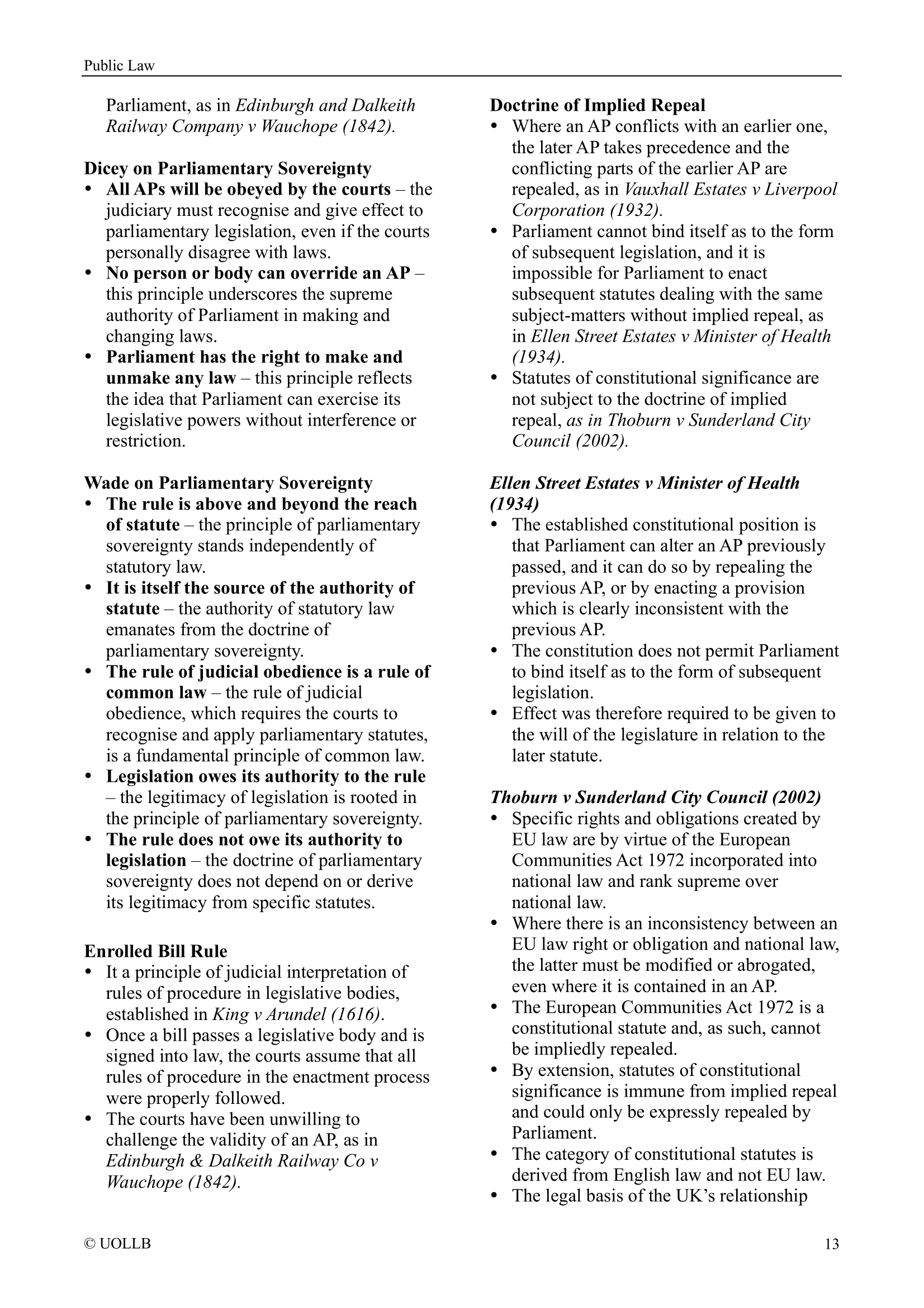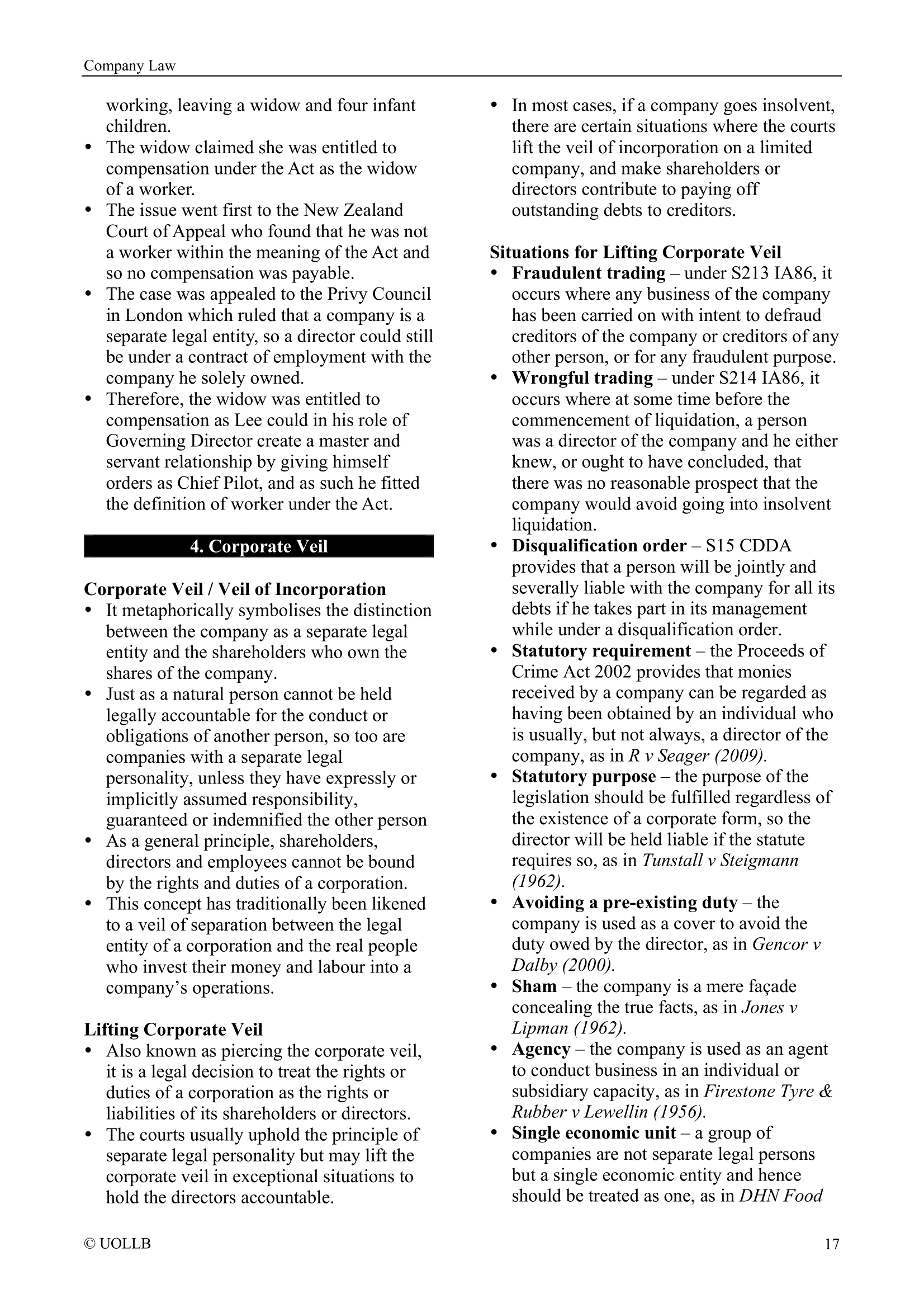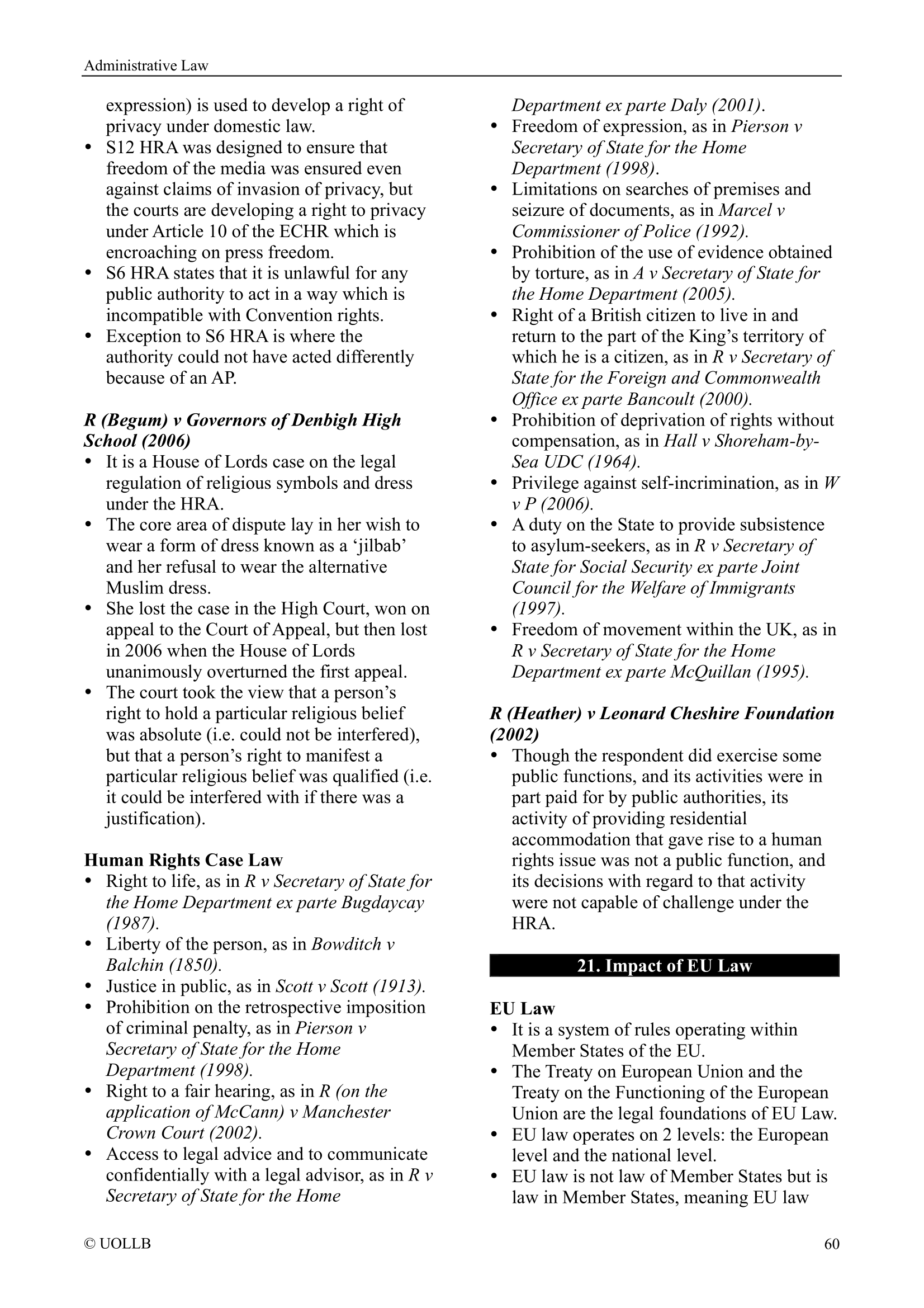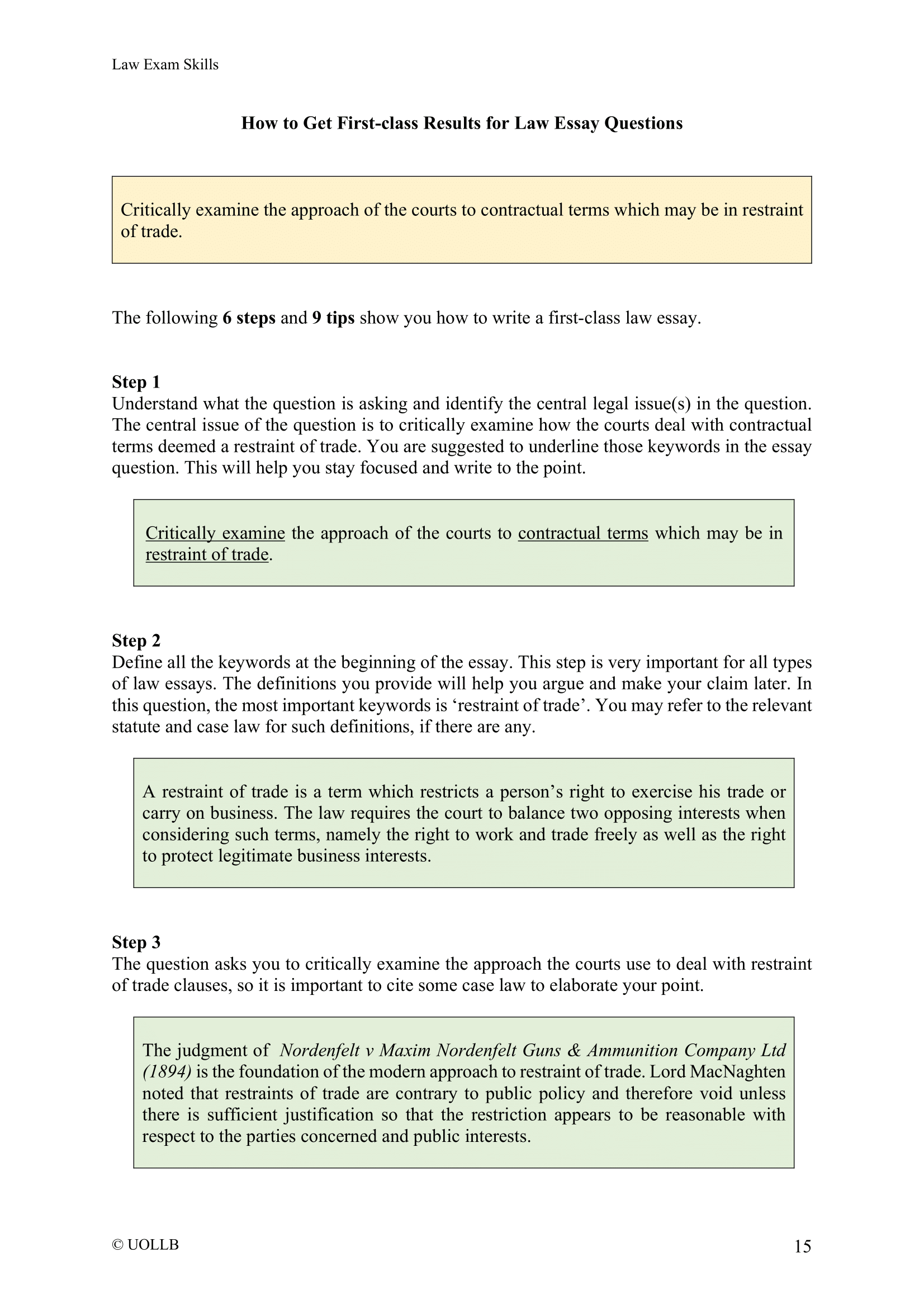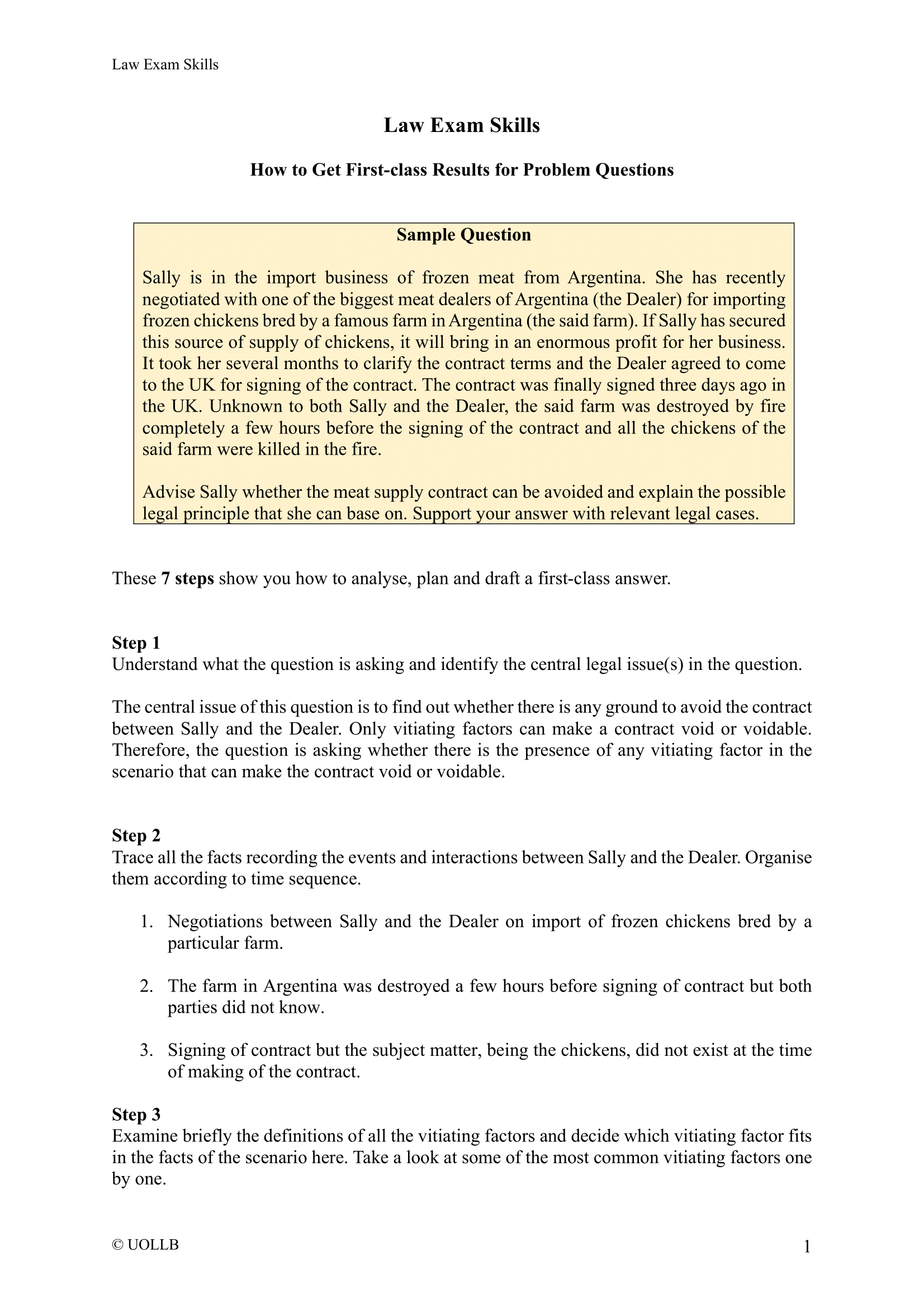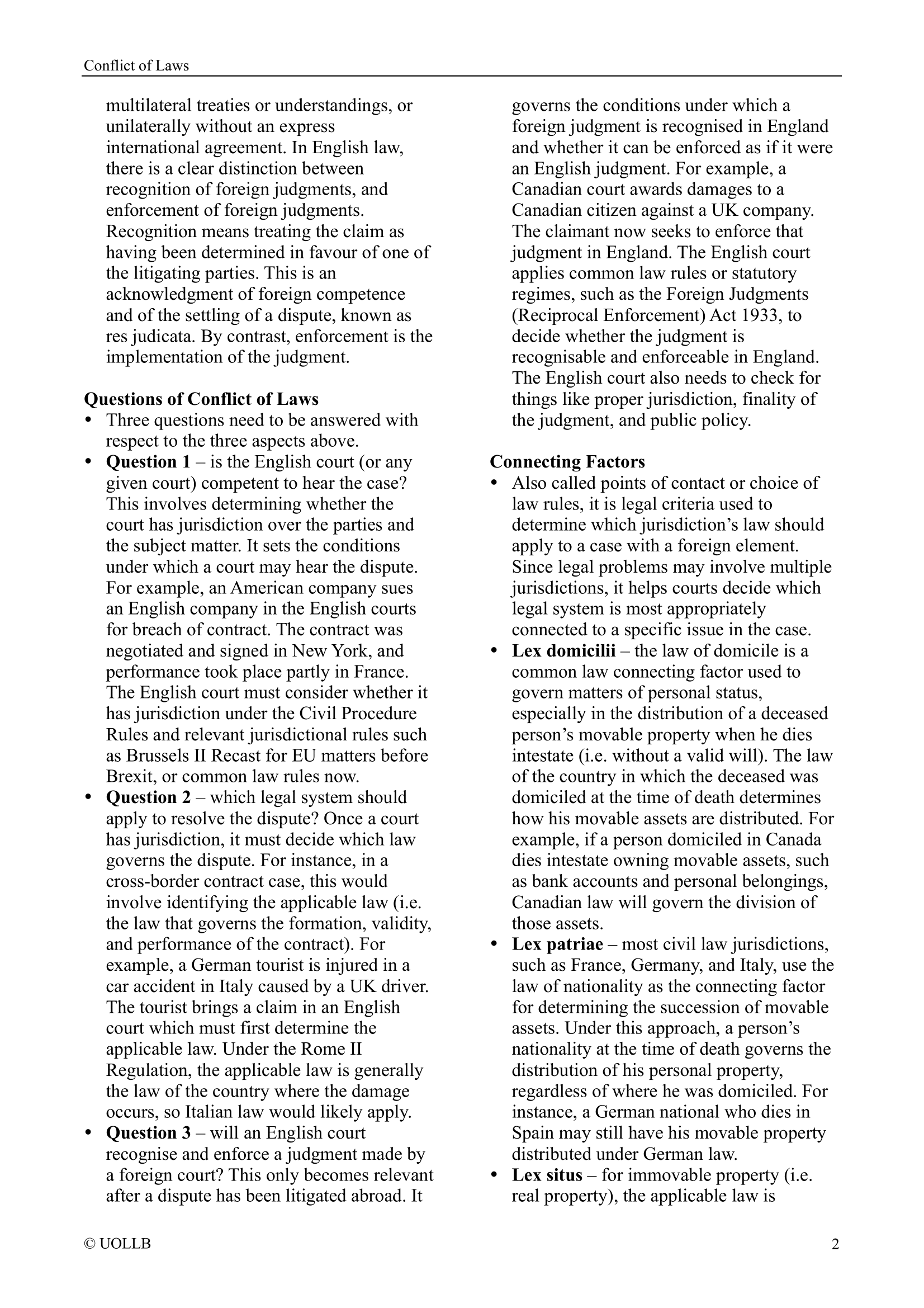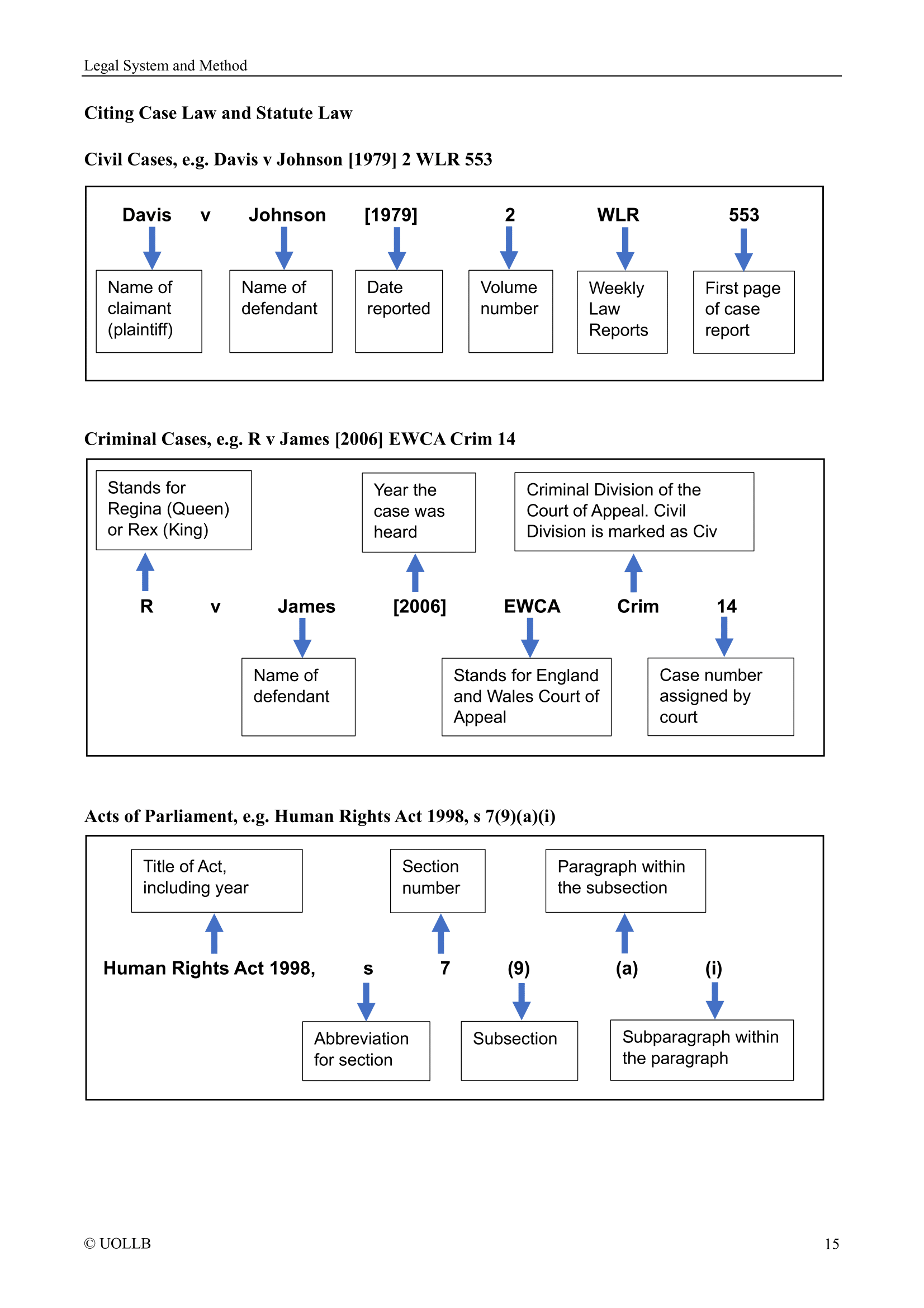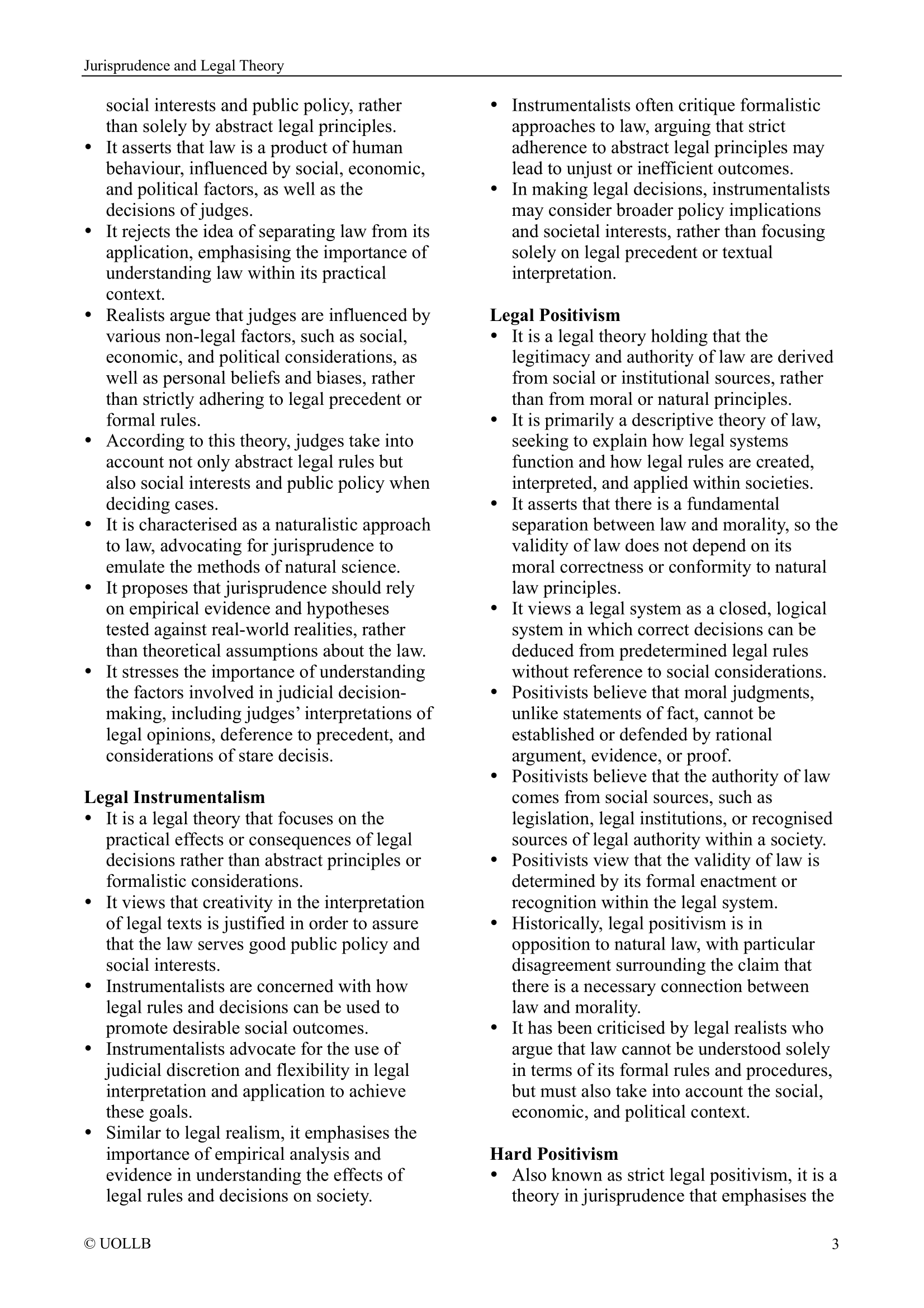Requirements of Patentability
Share
Requirements of patentability are the criteria that an invention must meet in order to be granted a patent. These requirements vary across different patent systems but generally include three key aspects: novelty, inventive step (also known as non-obviousness), and industrial application.
Novelty: Novelty is a fundamental requirement for patentability. An invention is considered novel if it is not publicly known or disclosed before the filing date of the patent application. The invention must be new and cannot have been published, publicly demonstrated, or disclosed in any form, anywhere in the world, prior to the filing date. Even the inventor's own prior public disclosure can affect the novelty of the invention in some jurisdictions. To assess novelty, a patent examiner compares the claimed invention with the existing prior art, which includes any information available to the public before the filing date of the patent application.
Inventive Step (Non-Obviousness): Inventive step, or non-obviousness, is another crucial requirement for patentability. It refers to the requirement that an invention must involve an inventive or non-obvious step for a person skilled in the field. In other words, the invention must not be obvious to someone with ordinary skill or knowledge in the relevant technical area. It should not be a simple or predictable modification or combination of existing knowledge or prior art. The inventive step requirement prevents the granting of patents for inventions that would be obvious to a skilled person in the field based on his existing knowledge.
Industrial Application: Industrial application, also known as utility, is the requirement that the invention must have a practical application in an industrial or economic context. The invention must be capable of being made or used in some kind of industry, including manufacturing, agriculture, services, or other productive sectors. It should have a specific and practical utility, and not be purely theoretical or abstract in nature. This requirement ensures that patents are granted for inventions that have tangible and useful applications.
Meeting these requirements of novelty, inventive step, and industrial application is crucial for a successful patent application. Additionally, patent applications may need to satisfy other criteria such as clarity, enablement (sufficient disclosure of the invention for a skilled person to reproduce it), and support (the claims must find support in the description). These requirements may vary slightly depending on the jurisdiction and specific patent laws in place.
